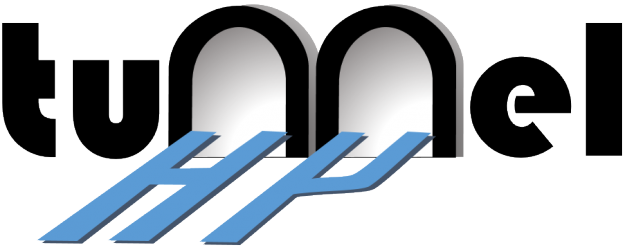Online meeting between the project consortium and the car manufacturers, represented by Toyota Motors and other car OEMs, took place 9 February 2020. Overall, the meeting was attended by 9 representatives of car manufacturers and more than 20 project partners. First, the overview of the project organisation, development and major interim results was given by Dr Dmitriy Makarov (Ulster University) on behalf of the partners. The presentation outlined HyTunnel-CS project strategy which is considering a vehicle and a tunnel as a single system, and allowing flexibility in use of readily existing tunnels and underground infrastructure with present-day safety systems given safety was properly addressed on the car side. Brief into project results was focused on the practical considerations important to the car manufacturing industry, like
-
- What can go wrong with respect to hydrogen powered vehicles in tunnels?
- How likely is it?
- What could be the consequences of an accident with hydrogen powered vehicles in a tunnel?
- What can be done to reduce hazards and associated risks of such an accident?
- What are the intermediate new insights gained from the project and what is to be expected in the near future?
- What are the knowledge gaps today with respect to the safety assessment of tunnels used by hydrogen powered vehicles?
Major analytical, numerical and experimental results of the project were presented together with the research plans for the remaining project duration period, including
-
- Safety strategy to exclude flammable mixture formation under tunnel ceiling
- Effect of hydrogen release direction and tunnel slope on flammable mixture formation,
- Engineering consideration to prevent hydrogen flame blow-off from TPRD during tank blowdown,
- Experimental and analytical work to underpin mitigation of pressure peaking phenomenon,
- Engineering tools to design against or mitigate
- deflagration-to-detonation transition,
- deflagrations following delayed ignition,
- blast wave following tank rupture in a fire, etc.
The project presentation was concluded by Dr Alfonso Bernad (Foundation Hydrogen Aragon) who presented activities and functions of Stakeholders Advisory Board (SAB), and invited the car OEMs attending the meeting to join the Board.
The project presentations were followed by round-table discussion, during which the present OEMs described their view of modern hydrogen fuelled vehicles safety aspects, reliability of particular safety components and safety design issues. Prof Vladimir Molkov (Ulster University) provided detailed insight into available engineering tools to aid fire safety of hydrogen tanks and strategies to prevent tank rupture in a fire allowing to exclude thermal and pressure hazards associated with tank rupture and safely introduce hydrogen fuelled vehicles in tunnels and underground infrastructure.

